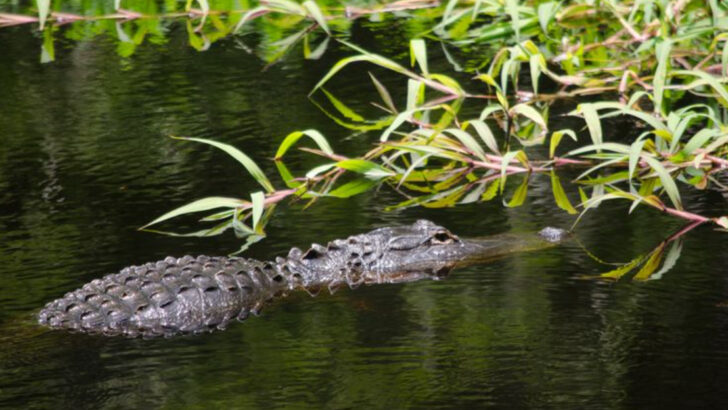There’s something lurking in Florida’s waters—and it’s not just gators.
Beneath that sunny, postcard-perfect surface, a whole world of toothy, stealthy, spine-covered predators is waiting. Some glide like shadows. Others explode from the depths in a flash of muscle and teeth.
This isn’t your average beach day. These hunters own the swamps, rivers, estuaries, and oceans. From silent stalkers to lightning-fast strikers, they’ve perfected the art of the ambush.
And you might be swimming closer to them than you think.
Dive in—if you dare—to meet 16 of Florida’s most formidable underwater predators.
American Alligator
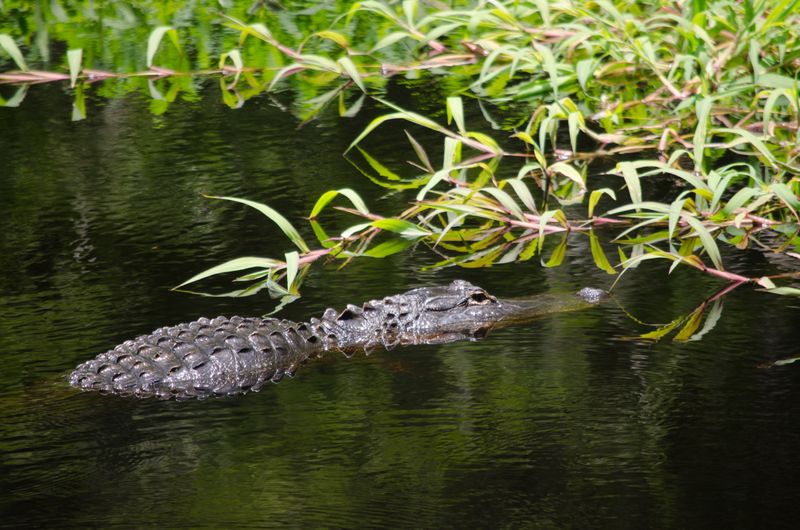
The American alligator, an iconic symbol of the Southeastern U.S., is more than just a prehistoric-looking creature. With its armored body and powerful jaws, it’s a top predator in Florida’s wetlands. Alligators often lurk silently beneath the water, with only their eyes and nostrils above the surface, waiting patiently for prey to wander too close. These formidable reptiles can grow up to 13 feet long and weigh over 1,000 pounds. Despite their fearsome reputation, they play a crucial role in maintaining the balance of their ecosystem by controlling prey populations.
Bull Shark
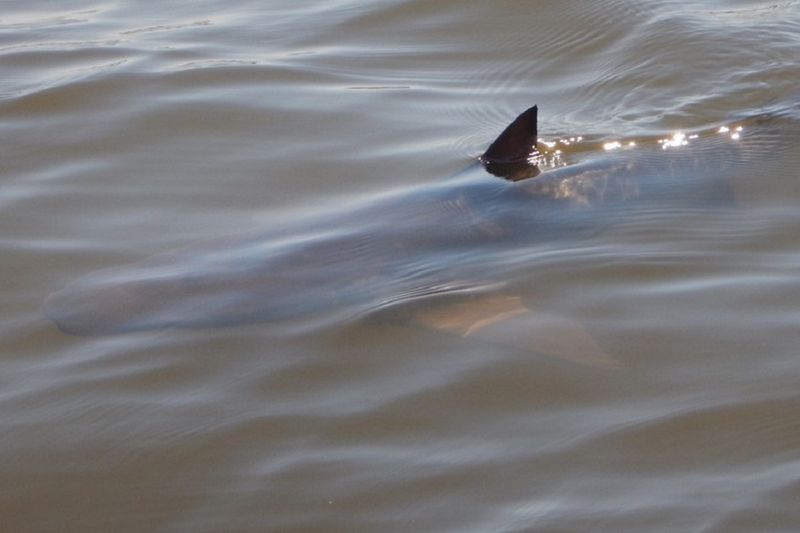
Bull sharks are notorious for their aggressive nature and remarkable adaptability. Unlike most sharks, they can thrive in both salt and freshwater, often venturing into Florida’s rivers and estuaries. Known for their stocky build and blunt snouts, bull sharks patrol the shallows, making them more likely to encounter humans than other species. These apex predators can reach lengths of 11 feet, with females generally larger than males. Opportunistic hunters, bull sharks feed on fish, dolphins, and even other sharks, illustrating their dominant role in the aquatic food chain.
Florida Panther
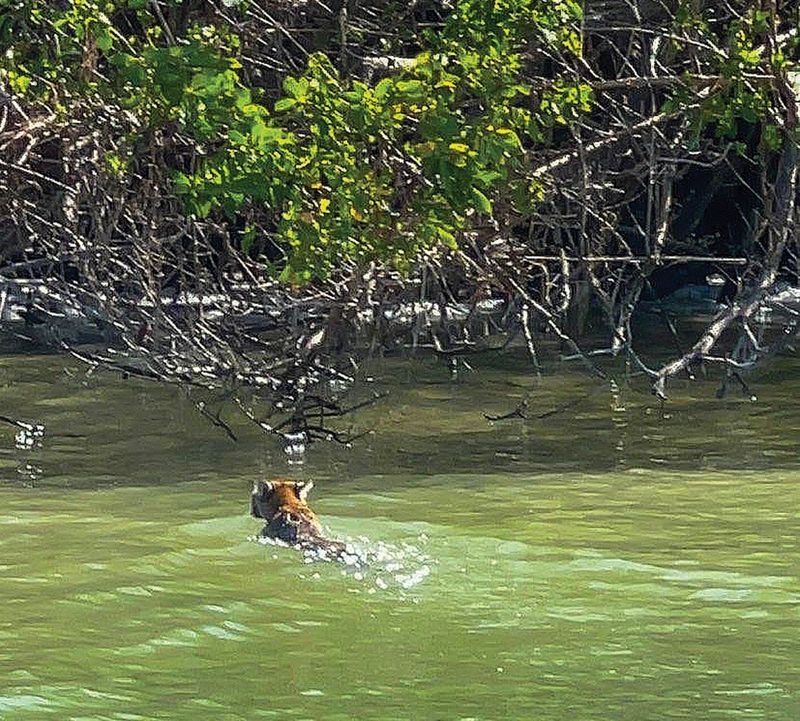
Although not aquatic, the Florida panther occasionally preys on creatures near water bodies. As a subspecies of the cougar, these cats are critically endangered, with only around 200 individuals remaining. They reside primarily in the forests and swamps of southern Florida, relying on their keen senses and agility to hunt deer, hogs, and smaller mammals. Florida panthers are solitary and territorial, marking vast areas as their own. Their striking presence and rarity make them a symbol of the state’s wilderness and the ongoing efforts to conserve its unique wildlife.
Giant Grouper

The giant grouper, a colossal inhabitant of Florida’s reefs, can grow to be over 8 feet long and weigh nearly 800 pounds. Its massive mouth and powerful jaws enable it to swallow prey whole, including fish, octopuses, and crustaceans. Known for their curious nature, these groupers often approach divers, adding an unexpected thrill to underwater adventures. Their mottled colors blend seamlessly with the reef, allowing them to ambush unsuspecting prey. Unfortunately, overfishing has threatened their populations, leading to strict regulations to aid in their recovery.
American Crocodile
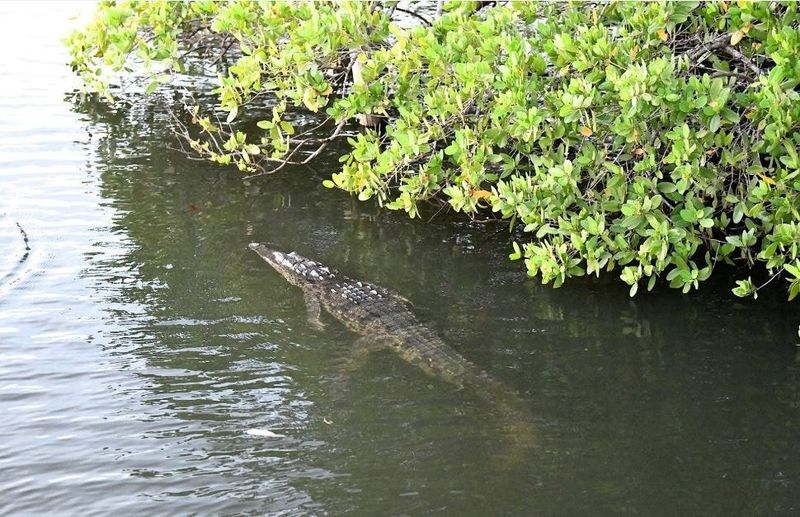
The American crocodile, a less common relative of the alligator, inhabits the coastal areas of South Florida. With a preference for saltwater, they are typically found in brackish waters of mangroves and estuaries. These crocodiles are more elusive and shy compared to alligators, yet they can still grow over 16 feet long. Their long, narrow snouts are perfect for catching fish, but they will also eat birds and small mammals. Conservation efforts have helped their numbers rebound, yet they remain a rare sight in the wild.
Lionfish
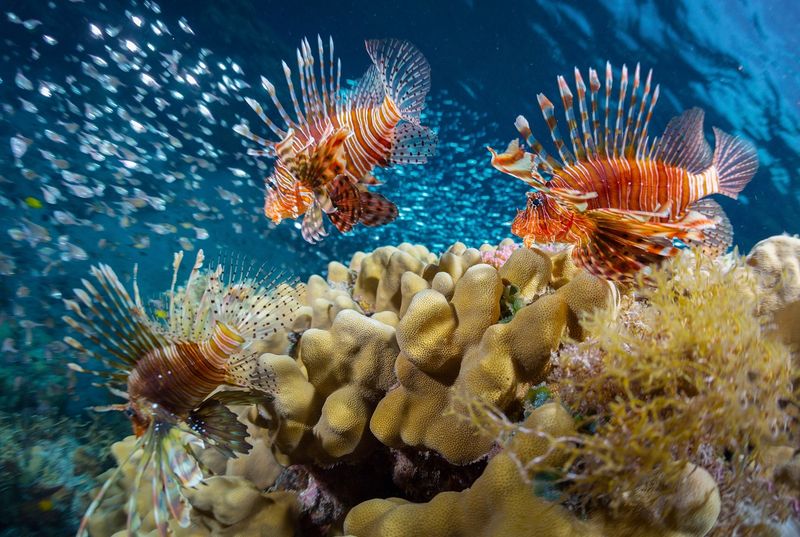
Lionfish, with their elegant appearance, hide a dangerous secret: venomous spines capable of delivering a painful sting. These invasive predators have rapidly spread throughout Florida’s coastal waters, threatening native marine life. With no natural predators in the Atlantic, lionfish populations have exploded, preying voraciously on smaller reef fish and crustaceans. Their strikingly beautiful patterns serve as a warning to potential threats. Efforts to control their numbers include organized culls and encouraging consumption of lionfish as a sustainable seafood option. Their presence remains a significant environmental issue.
Nurse Shark

Nurse sharks, with their docile demeanor, are often misunderstood. These bottom-dwellers prefer shallow waters, where they use their strong jaws to crush shellfish and even small fish. Growing up to 14 feet long, nurse sharks are easily recognizable by their rounded snouts and small, needle-like teeth. While generally harmless to humans, they can deliver a powerful bite if provoked. Their nocturnal habits mean they’re often encountered napping during the day, sometimes in groups. Despite their relaxed nature, nurse sharks play a vital role in controlling prey populations.
Great Barracuda
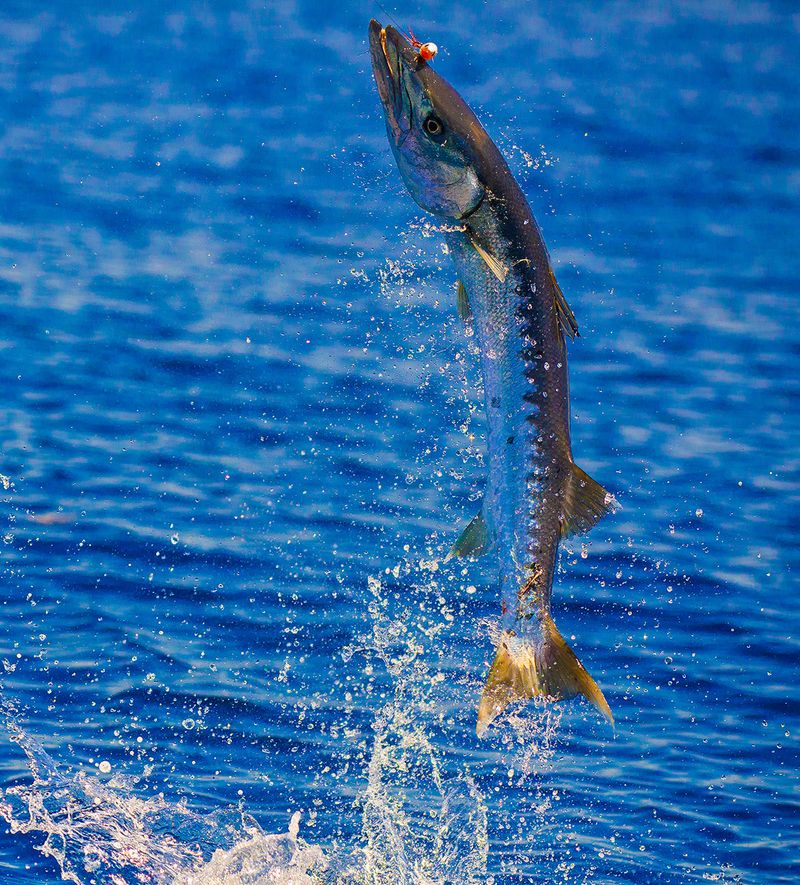
With their sleek, torpedo-shaped bodies and fierce-looking teeth, great barracudas are the hunters of the seas. Found throughout Florida’s tropical waters, they are inquisitive and fast, making them a common sight for divers. These predators often stalk schools of fish, using bursts of speed to catch their prey. Reaching lengths of 6 feet, barracudas are known for their fearsome appearance but are generally harmless to humans. However, their flesh can contain ciguatera toxin, making them risky for consumption. Their presence is a testament to the ocean’s biodiversity.
Manatee

Despite their gentle reputation, manatees are surprisingly resilient in Florida’s waterways. Weighing up to 1,200 pounds, these slow-moving herbivores graze on seagrasses and freshwater vegetation. Manatees are often spotted in warm coastal waters, estuaries, and rivers. Their calm nature masks their importance in aquatic ecosystems, as their grazing helps maintain healthy seagrass beds. However, they face threats from habitat loss and boat collisions. Conservation efforts include designated manatee zones to protect these ‘sea cows.’ Their serene presence is cherished by locals and tourists alike.
Saltwater Crocodile
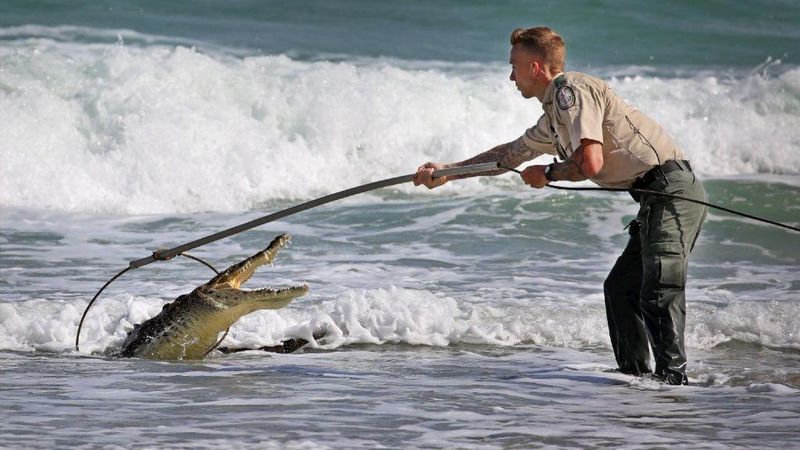
Saltwater crocodiles, known for their immense size and power, occasionally wander into Florida’s southernmost waters. These apex predators can exceed 20 feet in length, making them the largest of all living reptiles. They prefer coastal habitats, such as estuaries and mangroves, where they hunt fish, birds, and mammals with stealth and strength. While rare in Florida, their presence is a reminder of the state’s unique connection with tropical wildlife. Conservation measures are in place to protect their habitats and ensure these formidable creatures continue to thrive.
Loggerhead Turtle
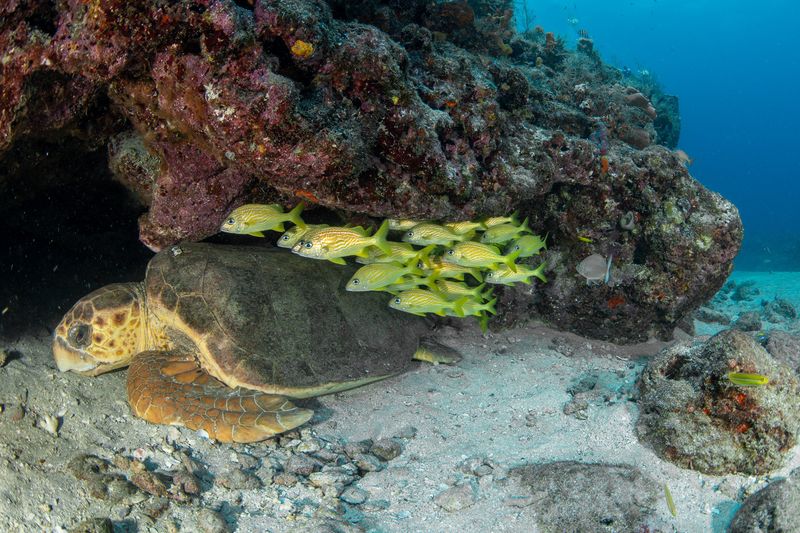
Loggerhead turtles are oceanic wanderers, with Florida’s beaches serving as vital nesting grounds. Weighing up to 350 pounds, these turtles have powerful jaws adapted for crushing shellfish like conchs and crabs. Loggerheads face numerous threats, including habitat destruction and bycatch in fishing gear. Conservation efforts focus on protecting nesting sites and reducing bycatch. Their annual nesting season draws attention to the importance of safeguarding marine environments. With their long migrations and vital role in marine ecosystems, loggerheads are a symbol of the ocean’s resilience and interconnectedness.
Sea Robin

Sea robins, with their wing-like fins and vibrant colors, are fascinating bottom-dwellers that inhabit Florida’s coastal waters. These peculiar fish use their pectoral fins to ‘walk’ along the seafloor while searching for crustaceans and small fish to eat. Their vivid coloration serves as both camouflage and warning, deterring potential predators. Sea robins are also known for their ability to produce sounds using their swim bladders, which play a role in communication. Despite their odd appearance, they contribute to the diversity of the marine ecosystem and are a delight for curious snorkelers.
Blacktip Reef Shark
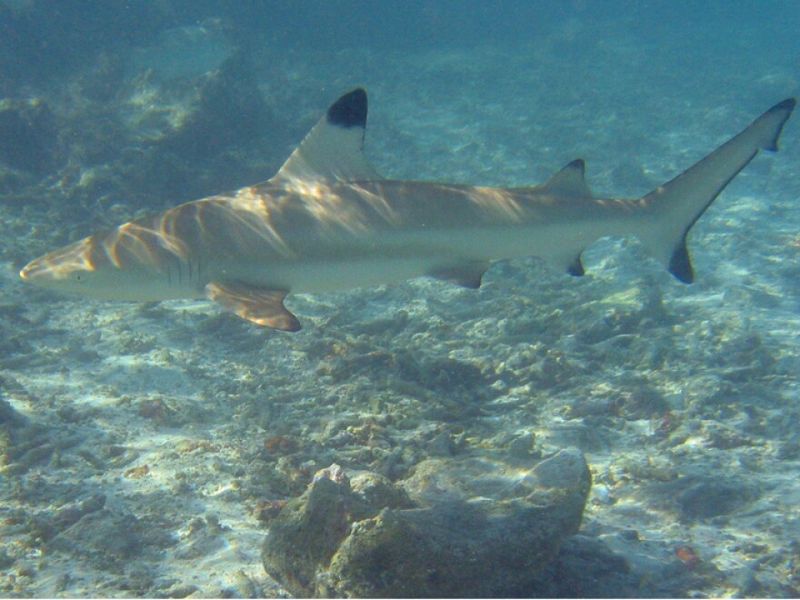
Blacktip reef sharks are agile hunters found in the warm, shallow waters of Florida’s coasts. With their distinctive black-tipped fins and sleek bodies, they are a favorite among shark enthusiasts. These social animals often form groups, known for their impressive acrobatics during feeding frenzies. Reaching lengths of up to 6 feet, blacktip reef sharks primarily feed on small fish and cephalopods. While generally not a threat to humans, their presence is a sign of a healthy reef ecosystem. Conservation efforts aim to protect their habitats from overfishing and environmental changes.
Snapping Turtle
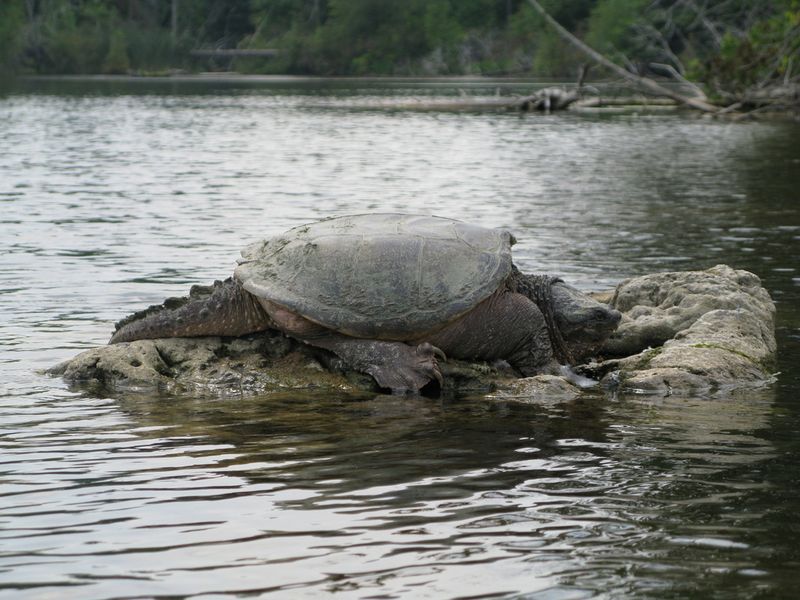
Snapping turtles, with their prehistoric looks and powerful jaws, are common residents of Florida’s freshwater habitats. These formidable reptiles can weigh up to 35 pounds and are known for their aggressive behavior when threatened. Preferring slow-moving rivers and ponds, they lie in wait for fish and amphibians to swim by. Despite their intimidating demeanor, snapping turtles play a crucial role in controlling aquatic populations and maintaining balance in their ecosystems. Caution is advised when encountering them, as their bite can cause serious injuries.
Tarpon
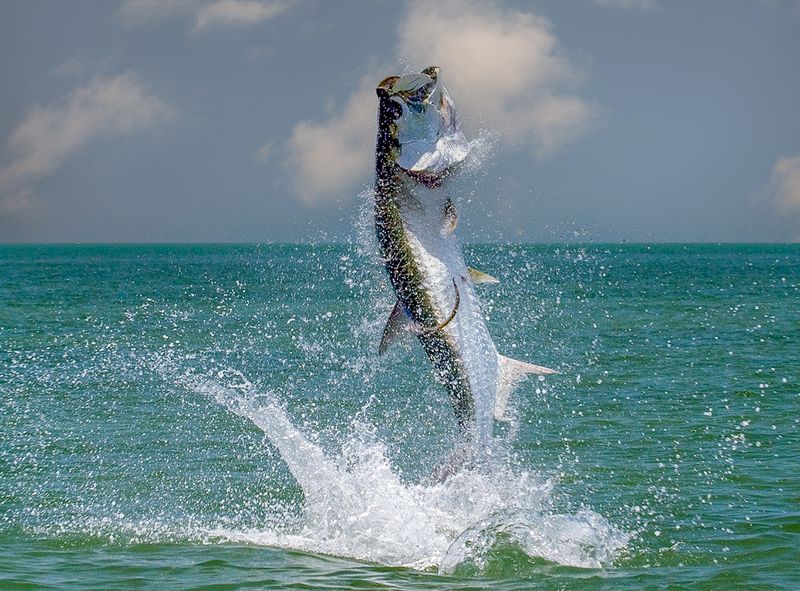
Known for their spectacular leaps, tarpon are powerful sport fish found in Florida’s coastal waters. These silvery giants can grow over 8 feet long and weigh more than 280 pounds. Tarpon inhabit both salt and brackish waters, often schooling near mangroves and estuaries. Anglers prize them for their acrobatics and strength, engaging in epic battles that test skill and patience. While not typically consumed due to their bony flesh, tarpon are a vital part of the marine ecosystem, attracting anglers and nature enthusiasts who contribute to local economies through sustainable practices.
Sawfish

Sawfish, extraordinary creatures with long, saw-like snouts, are one of Florida’s most endangered marine species. Found in coastal areas and river mouths, they use their unique rostrum to detect and capture prey. These gentle giants can grow over 18 feet long, yet their populations have plummeted due to habitat loss and bycatch. Conservation efforts focus on habitat protection and reducing accidental catches. Their ancient lineage and unusual appearance make sawfish a symbol of Florida’s diverse marine life and the urgent need for conservation measures to ensure their survival.

